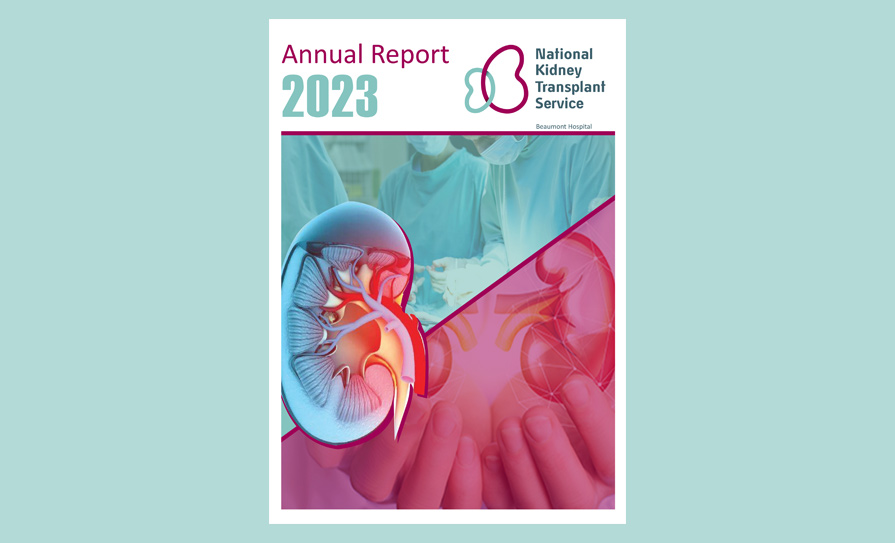Saolta University Health Care Group is seeking to address the lack of electronic archiving systems for cardiotocography (CTG) records in three of its five maternity units, a spokesperson has told the Medical Independent.
The Group is “currently pursuing approval to address this issue”, according to its spokesperson.
The paper used in electronic foetal monitors is vulnerable to fading. “This is a recognised risk and the Saolta Group has a number of measures in place to manage this risk; including how we store the CTG and arranging for CTG to be copied where required.”
A HSE Internal Audit report on compliance with the national clinical guideline for intrapartum foetal heart rate monitoring at Sligo University Hospital (SUH), dated 10 November 2022, noted the hospital’s risk assessment relating to CTG record storage.
“SUH recognised that CTG traces were an integral part of modern maternity services, were part of the patient medical record, and were often central to medical legal matters,” outlined the report. “The potential risk that the CTG paper record is highly vulnerable to fading, becoming illegible, damage or loss, was recorded. A number of existing controls and proposed additional controls required to mitigate this risk were documented.”
Overall the audit found a “limited” level of assurance about the adequacy and effectiveness of the governance, risk management, and internal control system for the implementation of the national clinical guideline.
The SUH maternity service had not adopted the national guideline to underpin foetal heart rate monitoring practice. The Saolta guideline, which was adopted by SUH, was out-of-date. In addition, not all midwifery and medical staff involved in the care of women
in labour were up-to-date with foetal heart rate monitoring training.
Saolta has since revised and updated its guidelines to reflect the national clinical guideline.
“This piece of work commenced in October 2022. It is now in the final stages of completion and is being implemented across the Group.
“The updated guidelines use standardised language and includes the requirement to document that women are informed and receive written information in relation to foetal monitoring.
“In Sligo over 80 per cent of midwife and obstetrics staff are up-to-date with training in relation to foetal monitoring.”













Leave a Reply
You must be logged in to post a comment.